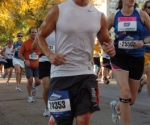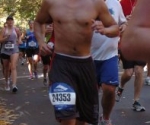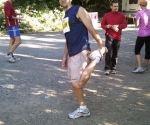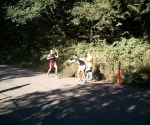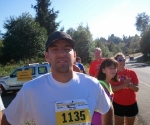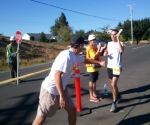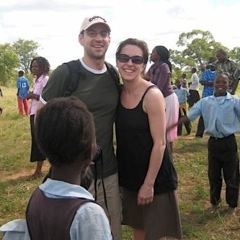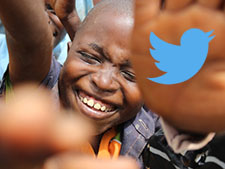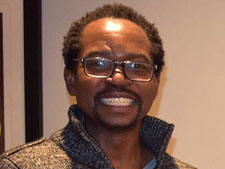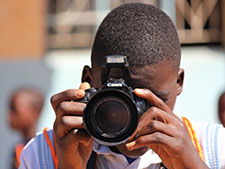It’s been a busy and productive month for the Dwankhozi Solar iniative. In two seperate fundraising events we raised over $5,000 to fund solar panels for the Dwankhzoi community. Jeff Chou and Steve Barclay – DH volunteers and dedicated fundraisers – ran the chicago marathon to raise money. Click here to read more about their amazing efforts. In addition, a committed group of volunteers established an official “solar committee” and organized a Navy Pier boat cruise to raise money and awareness to this important cause. Click here to read more about this initiative and how you can get involved.
Thank you so much for your time and attention.
